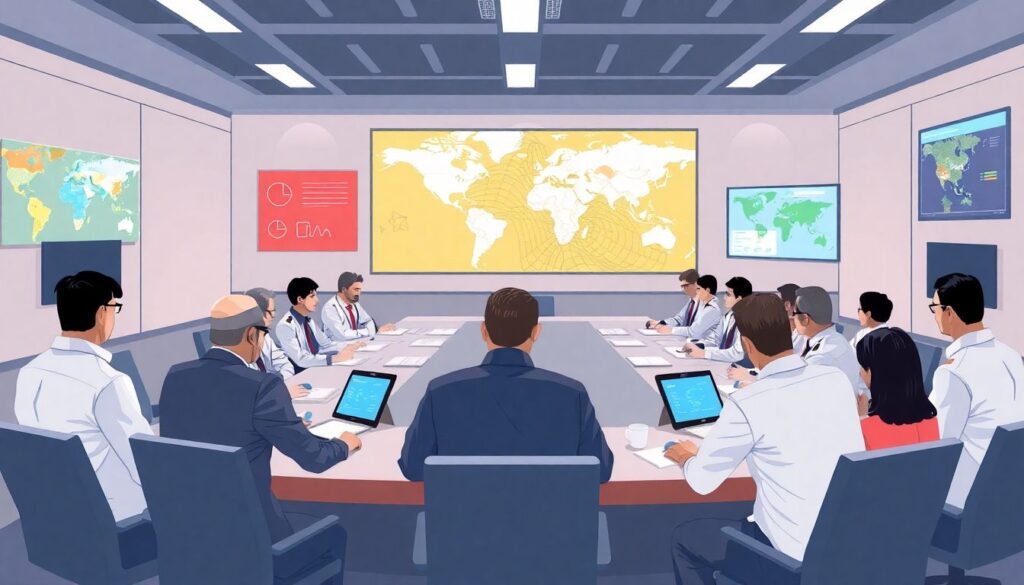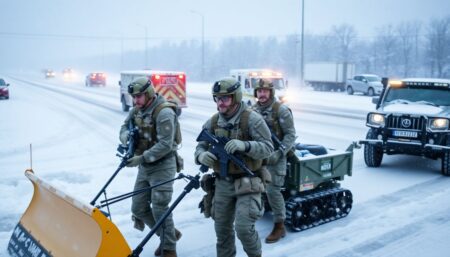In a proactive move to enhance its preparedness for natural disasters and emergencies, Taiwan recently conducted a series of ‘tabletop exercises.’ These simulations, held beyond the realm of the armed forces, aimed to strengthen the island’s resilience and coordination with international partners. The exercises come at a time when geopolitical tensions are high, with China conducting large-scale military drills in the region. This article delves into the significance of these exercises, their structure, and the broader implications for Taiwan’s defense and international relations.
Enhancing Resilience and International Coordination Amidst Geopolitical Tensions
In the heart of the city, in a sleek, high-rise building, lies a state-of-the-art conference room, a buzzing hub of intersecting minds and expertise. Around the sprawling table sit representatives from both public and private sectors, each bringing their unique perspectives and experiences to the discussion at hand. The atmosphere is professional, yet charged with an undercurrent of urgency, as the gathering is not merely a meeting of minds, but a strategic assembly to fortify their city against the unpredictable forces of nature.
The walls of the room are adorned with intricate maps, highlighting the city’s topography and infrastructure, while vibrant charts illustrate statistical analyses of potential hazards. Interactive digital displays flicker with simulations of various emergency scenarios, from floods and fires to earthquakes and storms. Each official is armed with a tablet, allowing them to interact with the data in real-time, proposing adjustments to response strategies and observing the immediate digital outcome of their decisions.
The conversation flows, a dynamic dance of propositions and counterpoints, each participant building upon the knowledge of their neighbors. They discuss emergency evacuation routes, resource allocation, communication strategies, and recovery plans. The room hums with an electric symphony of ideas, a testament to the power of unity and preparedness in the face of nature’s unpredictability. Here, in this modern arena, the seeds of resilience are sown, ready to be tested and strengthened in the crucible of simulated adversity.
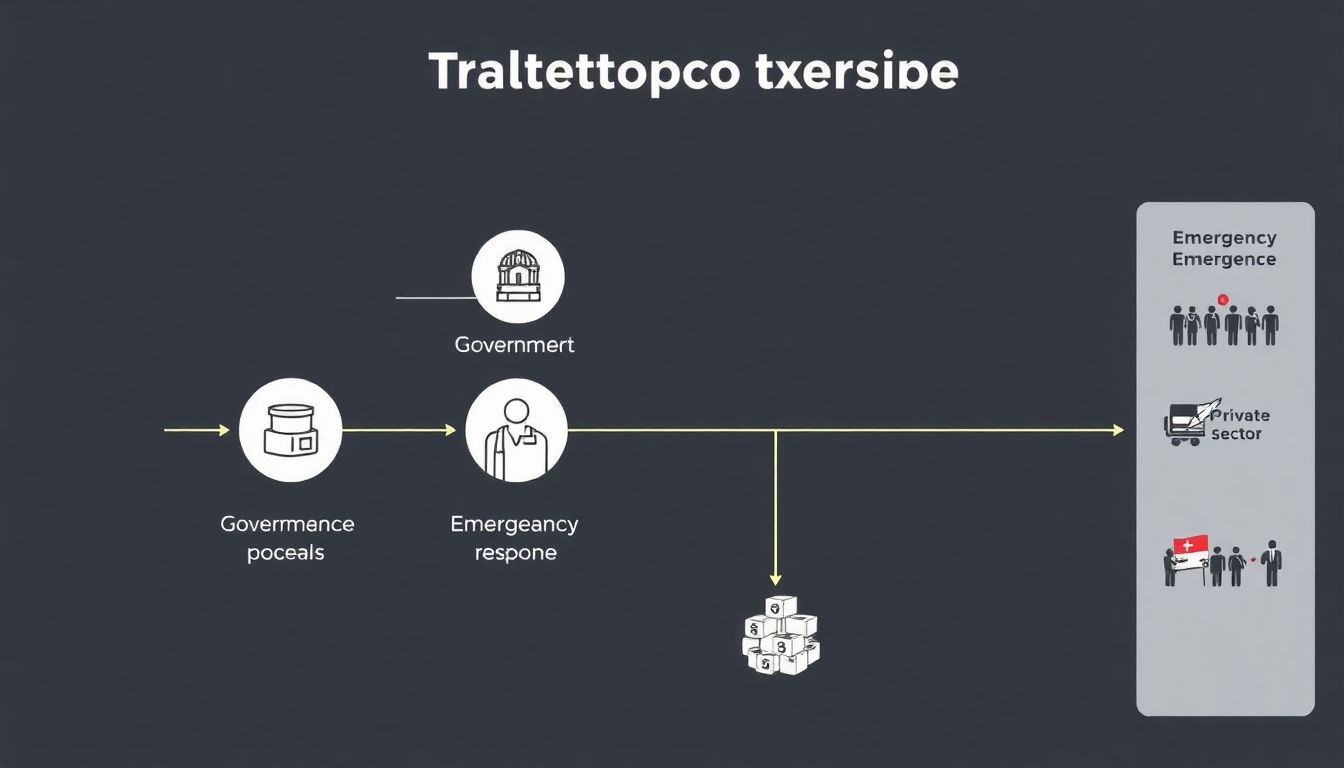
The Tabletop Exercises: A Comprehensive Approach
Tabletop exercises are meticulously designed simulations that bring together a diverse array of participants, aiming to prepare and evaluate the response capabilities to various crisis scenarios. The structure of these exercises is typically characterized by a low-stress, discussion-based environment, where participants can explore different courses of action and their potential outcomes. A key aspect of tabletop exercises is the involvement of both government officials and private sector representatives. This multidisciplinary approach ensures that all critical stakeholders are engaged in the planning and response process, fostering a comprehensive and coordinated effort.
The participation of government officials in tabletop exercises spans across various agencies and departments, each bringing their unique perspectives and resources to the table. From emergency management services to public health and law enforcement, these officials provide insight into the government’s capabilities and constraints. Meanwhile, private sector participants represent industries such as healthcare, transportation, and technology. Their involvement is crucial, as they often own and operate much of the critical infrastructure that communities rely on during emergencies.
Holding tabletop exercises in the civilian domain is significant for several reasons. Firstly, it allows for a more holistic approach to emergency preparedness, acknowledging that disasters affect entire communities, not just military targets. Secondly, it encourages the development of public-private partnerships, which can lead to more effective and efficient responses. Lastly, these exercises help build trust and understanding between different sectors, breaking down silos that can hinder collaboration during real-world events.
Tabletop exercises differ from traditional military drills in several ways. While military drills often focus on tactical skills and maneuvers, tabletop exercises prioritize strategic thinking, communication, and coordination. Here are some key differences:
-
Objective:
Military drills aim to enhance combat readiness, while tabletop exercises aim to improve response strategies and plans.
-
Participants:
Military drills are typically limited to military personnel, whereas tabletop exercises involve a wide range of stakeholders from both the public and private sectors.
-
Methodology:
Military drills often involve physical activities and field training, while tabletop exercises are discussion-based and conducted in a classroom setting.
-
Outcome:
Military drills result in improved tactical skills, while tabletop exercises lead to better understanding of roles, improved plans, and stronger relationships among participants.

Strengthening Civil Defense Capabilities
In recent years, the shift from traditional air-raid and disaster response drills to comprehensive “urban resilience exercises” has marked a significant evolution in emergency preparedness. This reorganization reflects a holistic approach to modern challenges, recognizing that communities face a multitude of threats beyond conventional wartime scenarios. By embracing this broader perspective, cities can better prepare for a wide range of disruptions, from natural disasters to cyber-attacks and infrastructure failures.
One of the most crucial aspects of these urban resilience exercises is their design to be conducted without military support. This strategy serves multiple purposes. Firstly, it empowers local communities and civilian authorities to take the lead in crisis management, fostering a sense of self-reliance and responsibility. Secondly, it ensures that emergency responses are tailored to the unique needs and contexts of each city, rather than relying on a one-size-fits-all military approach. Additionally, it allows military resources to be reserved for situations where they are truly indispensable, such as large-scale national emergencies or conflicts.
Drawing on international best practices brings a wealth of benefits to urban resilience exercises. It enables cities to learn from each other’s experiences, replicating successful strategies and avoiding common pitfalls. Some of the key advantages include:
- Access to innovative tools and technologies: Sharing knowledge and resources across borders can provide access to cutting-edge technologies and methods that enhance emergency response capabilities.
- Standardization of protocols: Adopting internationally recognized standards can improve coordination and communication, especially in cases where international assistance is involved.
- Fostering a culture of continuous learning: Engaging with international best practices encourages a mindset of ongoing improvement, ensuring that urban resilience exercises remain dynamic and up-to-date.
To maximize the effectiveness of urban resilience exercises, city leaders should prioritize several key actions. These include fostering strong partnerships with neighboring cities and international organizations, investing in robust communication systems, and regularly updating and testing response plans. By embracing these initiatives, cities can cultivate a robust culture of preparedness, ensuring that they are well-equipped to navigate the complex challenges of the 21st century.
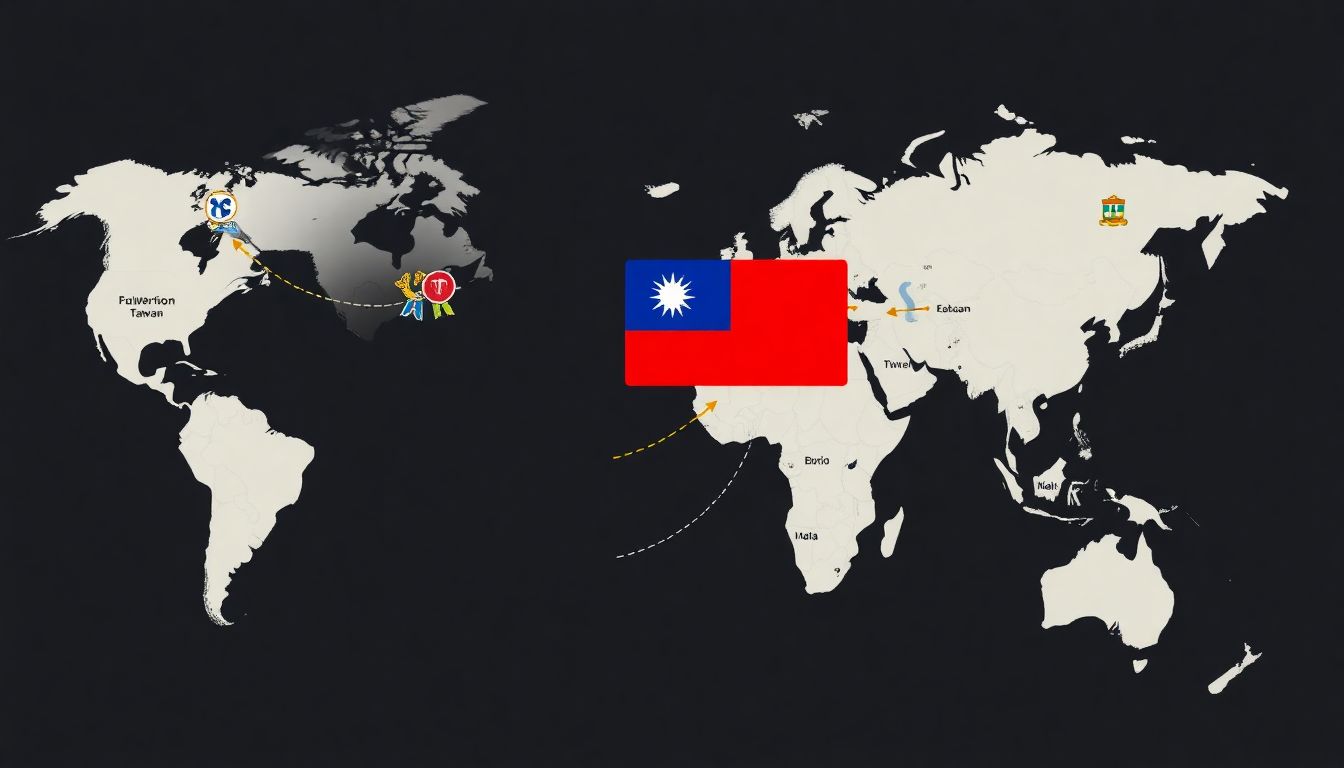
Geopolitical Context and International Relations
China’s recent military drills have significantly escalated geopolitical tensions in the East Asia region, with Taiwan finding itself at the epicenter. These exercises, widely seen as a show of force, are Beijing’s response to what it perceives as increasing provocations from Taiwan and its international partners. The drills, which have included live-fire exercises and large-scale maneuvers, are meant to send a clear message: China is ready to flex its military muscles to maintain its claim over Taiwan. This geopolitical context is crucial for understanding Taiwan’s subsequent efforts to enhance its resilience and fortify its defensive capabilities.
Taiwan’s efforts to bolster its resilience are not merely about military might; they are also about fostering better coordination with international partners. By enhancing its defensive capabilities, Taiwan can present itself as a more reliable and robust ally. This can lead to several benefits, including:
- Increased military cooperation: A more resilient Taiwan can engage in more meaningful military exchanges and joint exercises with its partners.
- Enhanced information sharing: Better coordination can facilitate the exchange of intelligence and strategic information.
- Improved diplomatic support: A Taiwan that is proactive in its defense can garner more diplomatic backing from the international community.
Moreover, Taiwan’s initiatives to augment its resilience can have a ripple effect on its diplomatic relations. By demonstrating its commitment to defense and security, Taiwan can assuage the concerns of its international partners and encourage them to strengthen diplomatic ties. This can result in:
- More frequent high-level visits and exchanges.
- Deepened economic and trade relations.
- Increased support for Taiwan’s participation in international organizations.
However, it is essential to note that Taiwan’s actions may also elicit counteractions from China. Beijing may interpret Taipei’s enhanced resilience as a move towards formal independence, potentially leading to:
- Further escalation of military drills and intimidation tactics.
- Increased diplomatic and economic pressure on Taiwan and its international partners.
- A heightened risk of military conflict in the region.
Despite these challenges, Taiwan’s efforts to boost its resilience are a necessary step towards ensuring its security and strengthening its diplomatic relations in the complex geopolitical landscape of East Asia.
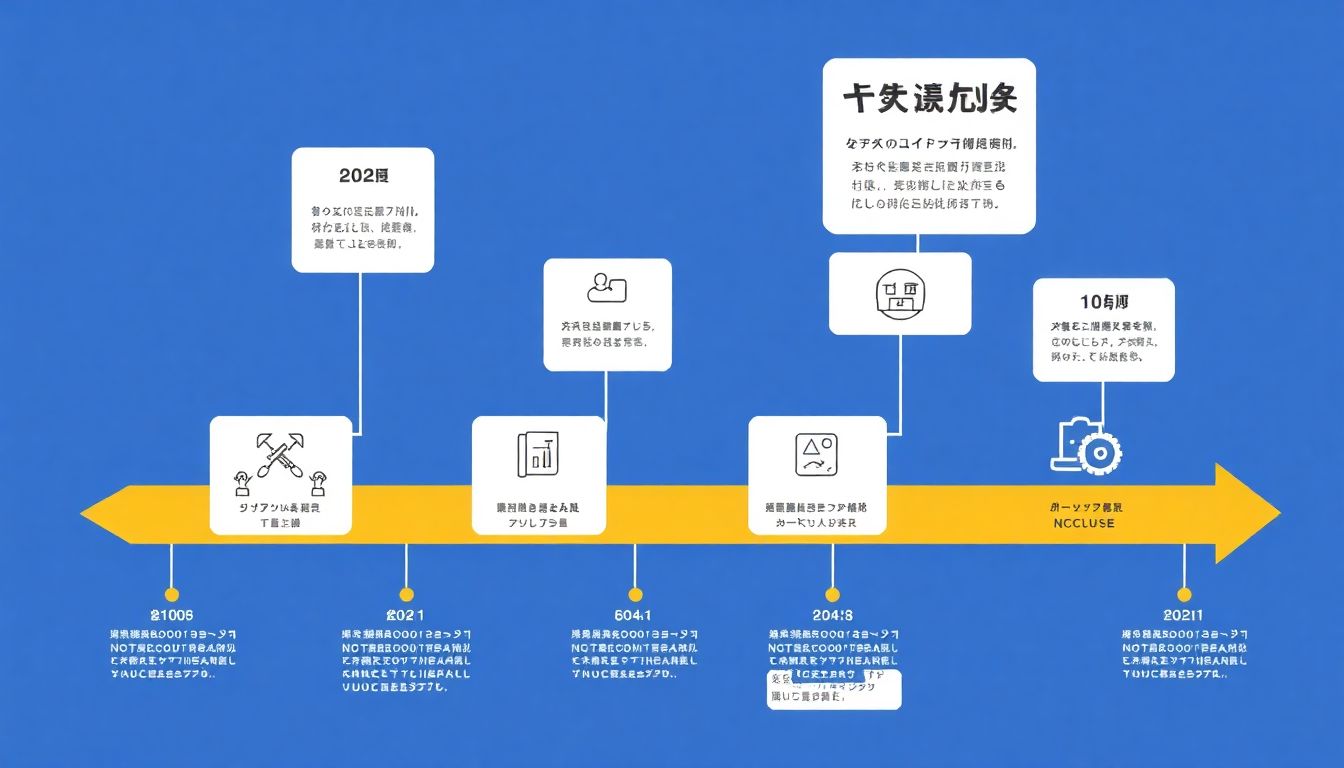
Looking Ahead: Future Plans and Challenges
Taiwan, situated in the Asia-Pacific region, is no stranger to natural disasters and evolving threats. Looking ahead, Taiwan is bolstering its emergency preparedness with a multi-faceted approach. The country is investing in advanced early warning systems, such as the Central Weather Bureau’s upgrade to enhance its typhoon and flood prediction capabilities. Furthermore, the government is strengthening its infrastructure, including the reinforcement of buildings and roads to withstand powerful earthquakes and extreme weather events. Education and public awareness campaigns are also on the rise, aiming to empower citizens with life-saving knowledge and skills.
However, Taiwan’s journey towards robust emergency preparedness is not without its challenges. These include:
- The region’s complex geopolitical situation, which can hamper international cooperation and aid efforts.
- An aging population, which requires specialized disaster response strategies to address their unique needs.
- The increasing frequency and intensity of natural disasters due to climate change, presenting a moving target for emergency planners.
- The need for constant updating of technologies and continuous training of personnel to keep up with state-of-the-art best practices in emergency management.
Continuous improvement and adaptation are not just buzzwords in Taiwan’s emergency management strategy—they are vital principles. Authorities are promoting a culture of constant learning and innovation, recognizing that threats and hazards are never static. Regular drills, reviews, and updates to emergency response plans are becoming the norm. Additionally, Taiwan is fostering international collaboration, sharing its expertise, and learning from other countries’ best practices to stay ahead of the curve.
In the realm of technology, Taiwan is harnessing the power of big data and artificial intelligence to enhance its preparedness. By leveraging these tools, authorities aim to improve risk assessment, resource allocation, and response coordination. Moreover, Taiwan is dedicating resources to research and development in disaster resilience, from earthquake-resistant construction to innovative flood control measures. By staying adaptable and embracing a forward-thinking approach, Taiwan is positioning itself as a leader in emergency preparedness in the Asia-Pacific region.
FAQ
What are tabletop exercises and how do they enhance emergency readiness?
- Identifying potential gaps in response plans
- Improving coordination among different sectors
- Familiarizing participants with emergency procedures
.
Why is it significant that these exercises were held in the civilian domain?
- Broadens the scope of emergency preparedness beyond military responses
- Involves a wider range of stakeholders, including local governments and the private sector
- Promotes a whole-of-society approach to resilience
.
How do the urban resilience exercises differ from traditional military drills?
- They focus on civilian defense capabilities rather than military tactics
- They are designed to be conducted without military support
- They draw on international best practices to test and improve civil defense abilities
.
What is the significance of Taiwan’s enhanced resilience for international relations?
- Demonstrating its commitment to preparedness and self-reliance
- Attracting support from international partners who share similar values
- Facilitating better coordination with other countries in facing global challenges
.
What challenges might Taiwan face in its future emergency preparedness efforts?
- Evolving natural threats due to climate change
- Geopolitical tensions and potential military threats
- The need for continuous improvement and adaptation of response strategies
.



